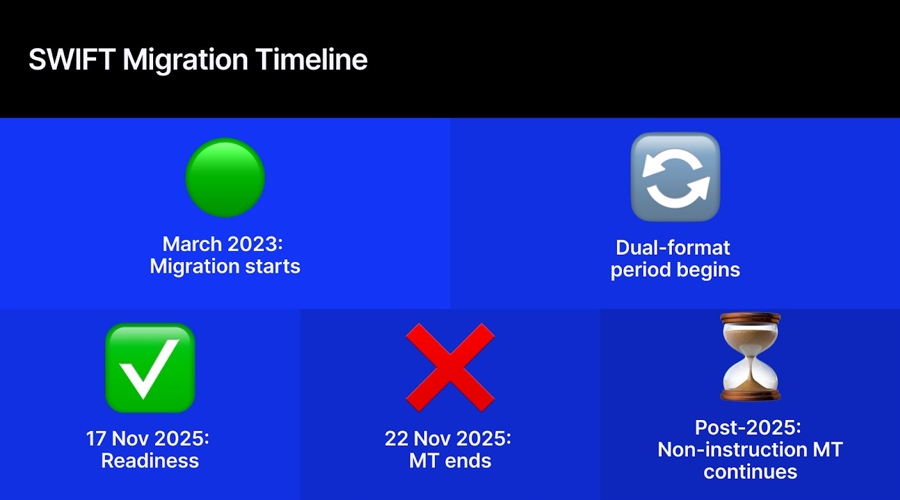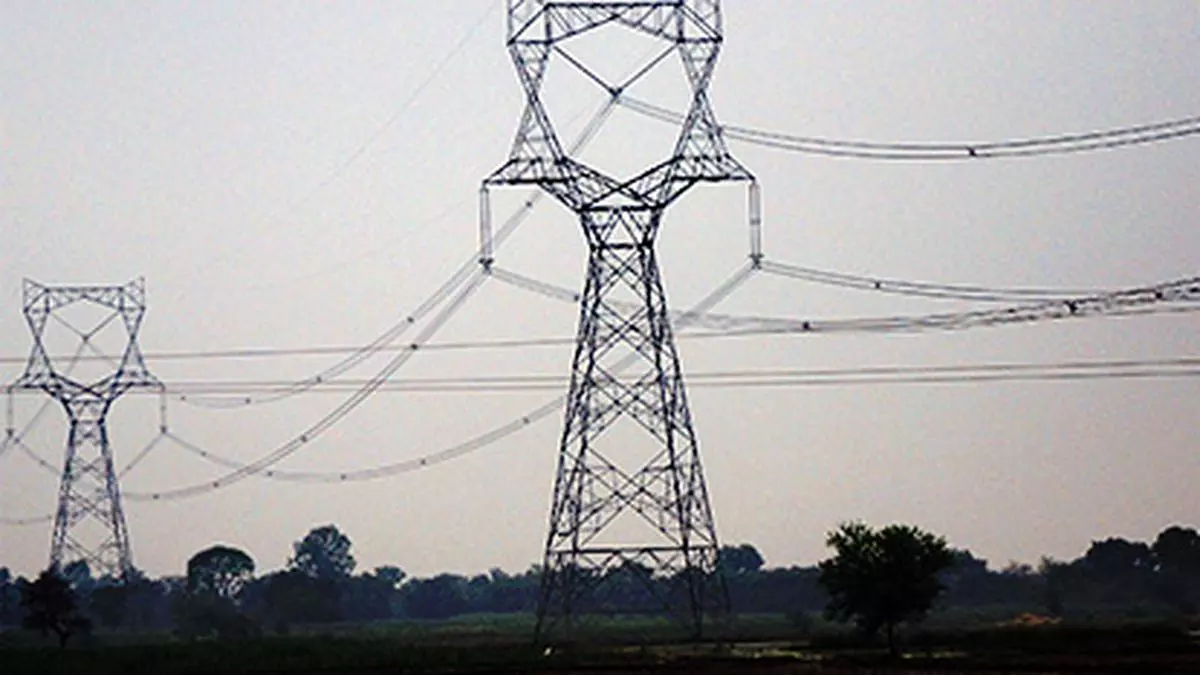A 11 per cent monsoon deficit so far (over the long period average) and a 36 per cent shortfall in August has ramped up the demand for electricity, while at the same time squeezing sources of supply. Consequently, on the supply side, there has been an exclusive reliance on coal-fired power to meet the rise in demand — which, in turn, has arisen out of higher temperatures as well as the need to draw more groundwater for irrigation.
Hydel power has taken a hit owing to most of peninsular India going dry. According to a statement issued by the Power Ministry on September 5 , the maximum hydel generation this year has been less than 40 GW, against 45 GW last year; as a result, thermal power has been left to do the heavylifting. The major spike in demand in July and August are a reminder that coal will remain India’s mainstay, notwithstanding the fact that almost all new capacity additions are happening in renewables (93 per cent in FY23). Solar (71 GW) and wind power (44 GW) account for about a quarter of total installed capacity of 423 GW, but account for 7 per cent and 9 per cent, respectively, of power generated, while thermal accounts for 73 per cent, according to an analysis by Vasudha Foundation. In the absence of viable battery storage technologies (solar power with battery storage is priced at about ₹12 a unit), solar and wind cannot be relied upon to meet a sudden spurt in power needs, particularly in the ‘non-solar hours’ (read evenings and beyond). According to the Ministry’s statement, the shortfall has been pronounced at this time of the day, even as the peak demand (which touched a record 241 GW on September 1) in the ‘solar hours’ was comfortably met.
The Ministry has rightly said that generation companies should ensure import of coal for blending purposes so that there is no load shedding in the coming months. Generation outage should be minimised by scheduling the maintenance of units in the low demand period. As a result of such forced outage, thermal capacity of 12-14 GW is not available. This needs to be accompanied by a smoothening of the demand curve through the day through time-of-day tariffs, so that the spikes in demand do not put inordinate pressure on the grid and its wiring systems. Meanwhile, battery storage technologies must become viable. Only then can India’s power systems handle high power feed from renewables.
That said the power situation now is not alarming. Coal output in July and August at well above 60 million tonnes each month, are at least 13-18 per cent over last year’s levels. Reserves with coal-fired plants at about 30 million tonnes are enough to meet about 11 days’ needs. However, coordination between the ministries of coal, power and most importantly, Railways is crucial to ensure that coal is moved on time from pitheads to plants in the coming months, when the power situation typically worsens.







































